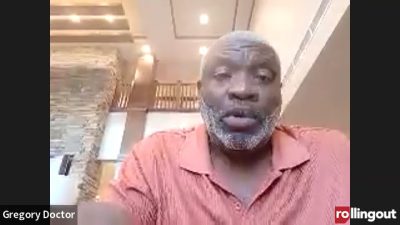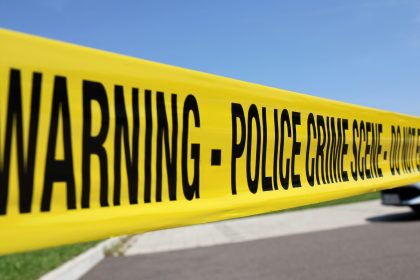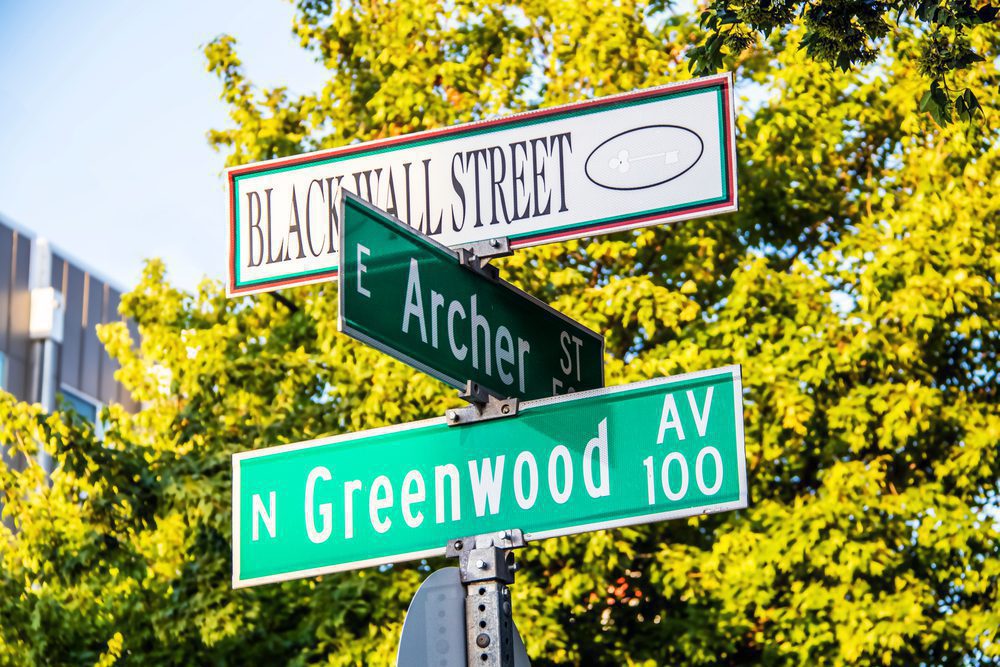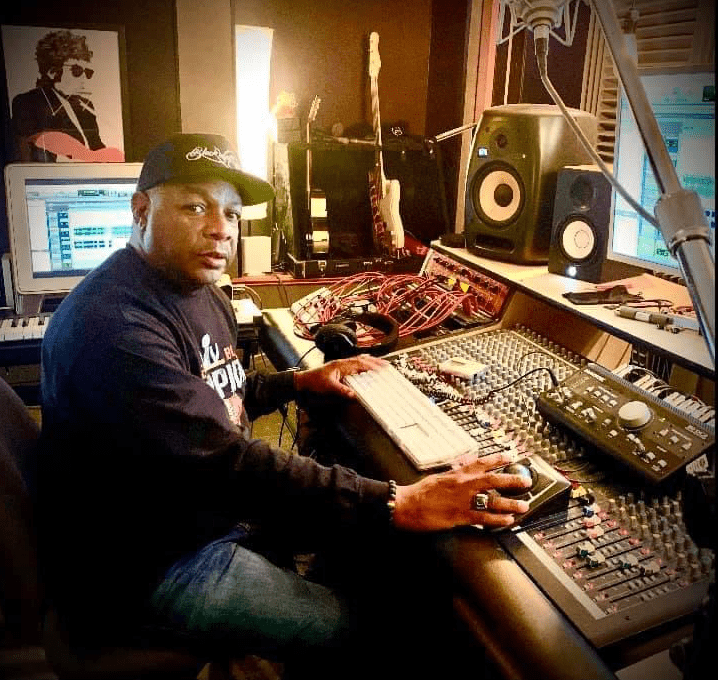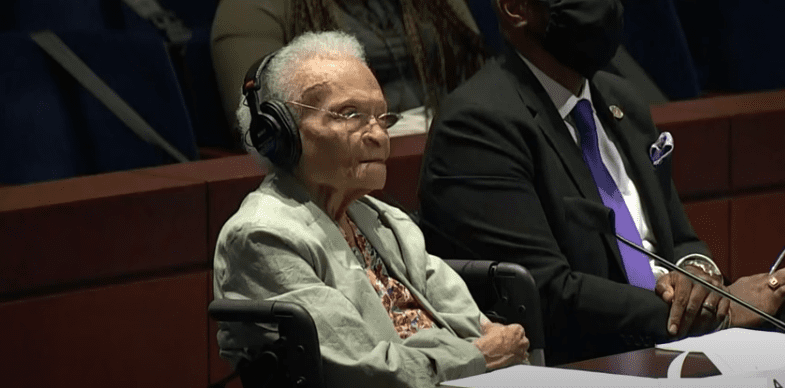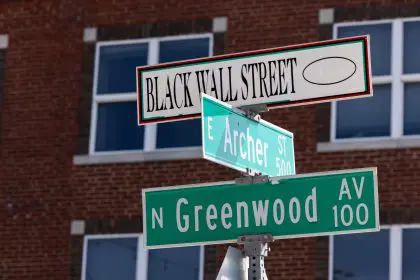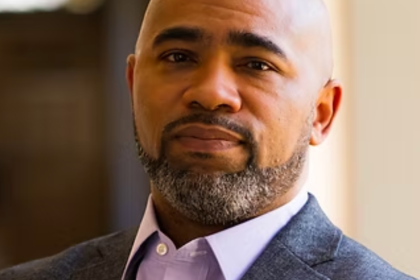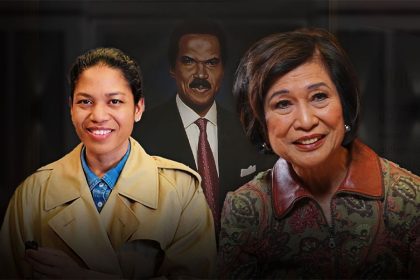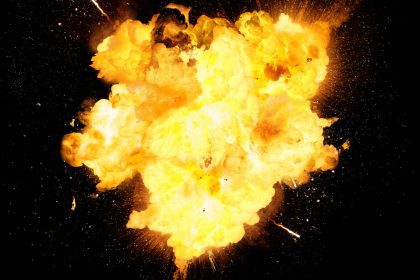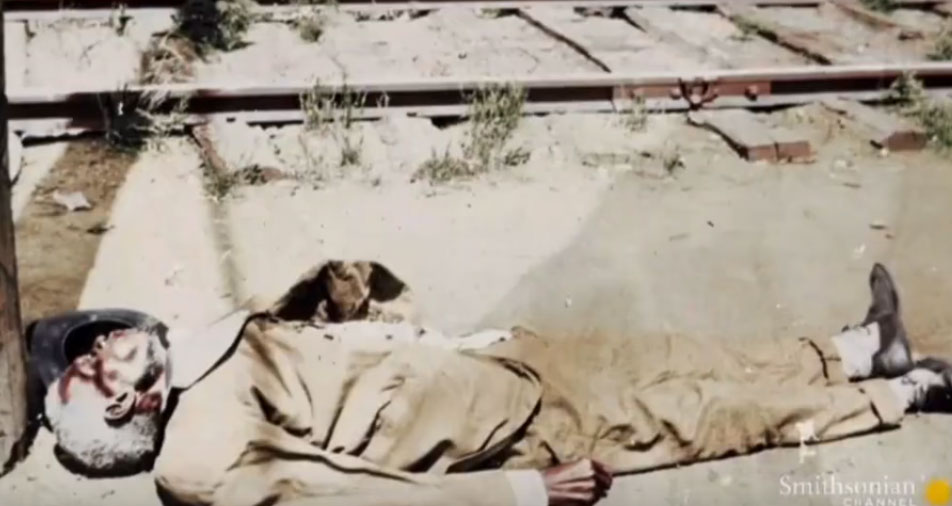
In 1921, the Black enclave of Greenwood, Oklahoma, near Tulsa was a thriving source of Black economic power and pride. It was common for Black residents to dress their best as they engaged in their daily activities, proving that while separate from Whites, Blacks could survive based on Black dollars. That year, Black residents would endure a two-day killing spree that would be called the Tulsa race riot.
Per Dr. Lawrence Carter, Dean of the MLK International Chapel at Morehouse College, and noted theologian and civil rights scholar: “It is inappropriate to use the term Tulsa Race Riot, it was a massacre. The term ‘riot’ gives the impression that these Blacks were coexisting and then decided to engage in hostility and violence. What happened in Tulsa was a massacre of innocent Blacks. Yes, it was reported that a Black man assaulted a White woman by stepping on her foot. But what we saw was the excuse needed by Whites, jealous of the success of Blacks that they perceived as uppity, to engage in violence against innocents. It was a projection of their low self-esteem. Massacre is the correct term.”
Whites at the time would enforce their de facto privilege, known as “whitecapping” by letting Blacks know they were allowed to thrive but not too much. In the book Howlin at Midnight, the biography of blues legend Howlin’ Wolf, an account was given of how this practice would take place. In White Point, Mississippi, a Black merchant named Rev. C.S. Buchannan was told to sell his business to a White man under “pain of death” after a meeting of 100 White men objected to his prosperous lifestyle. This practice continued for years across many parts of the country under Jim Crow, but what is known as the Tulsa race massacre took it to another level.
Mobs of armed White men attacked Blacks in Greenwood without provocation and with the intent of destroying what Black hands had built. An airplane flew over the Black section and dropped dynamite onto houses, business and groups of Blacks spotted from the air. It is estimated that more than 300 Black people were murdered in cold blood and their bodies dumped into the local Arkansas River and tossed into mass graves. Tulsa Mayor G.T. Bynum has announced that the city will reopen an investigation into possible mass graves from this period of ethnic cleansing in 1921.
Last month a Washington Post story revisited the massacre and the horror that it inflicted on Blacks during this time. Survivors of the Tulsa massacre for years told of the locations where trenches were dug and Black bodies were dumped. Researchers as far back as 1998 identified ground anomalies that indicated the possibility of mass burials. A state commission in 2001 encouraged a more thorough investigation of these sites, a proposal rejected for years by city leaders.
Mayor Bynum stated to The Washington Post, “We owe it to the community to know if there are mass graves in our city. We owe it to the victims and their family members. We will do everything we can to find out what happened in 1921.”
The video below is rare footage of Greenwood, Oklahoma:



